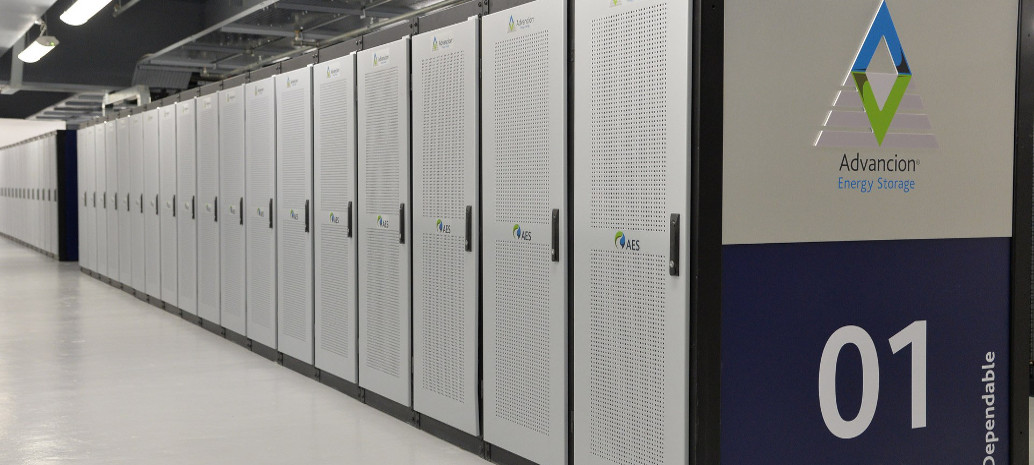Move over Tesla. On Monday, AES Energy storage announced the completion of a 30 MW battery storage system in Escondido, Southern California. As verified by GTM Research, this is the largest lithium ion battery storage system in the world by megawatt-hour rating.
And while this system is 50% larger in capacity than Tesla’s much-hyped battery system at Southern California’s Mira Loma substation, it has not received the press coverage that Tesla’s has. But this is not the only battery system that AES has commissioned, as the company also put online a 7.5 MW array in El Cajon. Both systems are based on AES’ Advancion System, which can work with multiple battery technologies.
When a fourth 20 MW project put online by Greensmith last week is added in, this last week has seen the inauguration of 77.5 MW of battery storage in Southern California. This is equivalent to nearly 30% of the entire capacity of energy storage which GTM Research estimates was deployed in the United States in 2016.
San Diego Gas & Electric Company (SDG&E) owns both the Escondido and El Cajon projects, which AES says will allow not only the integration of more renewable energy but a smarter and more reliable grid. Reliability concerns have been high in California following the Aliso Canyon gas leak, which affected fellow utility Southern California Edison’s supply of fuel for plants used to meet peak demand.
As such these arrays will be a large-scale demonstration of the ability of batteries to replace natural gas-fired plants in meeting peak electricity demand.
“While energy storage are still not quite cost competitive with gas peakers across the board, it does provide some attributes that make it more valuable in certain circumstances,” GTM Research Director of Energy Storage Ravi Manghani told pv magazine.
“The Aliso Canyon deployments are best examples of leveraging these storage attributes – speed of deployment of few months vs. years for gas peakers, modularity, and ability to facilitate more renewables on the grid.”
Update: This article was modified at 3:35 PM Eastern Time (U.S.) February 1 to verify that this system is the largest of its kind in the world by MWh, and to include a quote by Ravi Manghani of GTM Research.
This content is protected by copyright and may not be reused. If you want to cooperate with us and would like to reuse some of our content, please contact: editors@pv-magazine.com.



Great! I was just wondering what the expected lifetime of such battery system would be …
I am not sure what lithium-ion chemistry was used or the make of the batteries, so I would contact AES for more detailed information on the technology used and the expected lifetime.
There is an alternative to battery storage systems, namely hydrogen. It has a number of advantages, depending upon the pressure under which the gas is kept. High pressure systems are prone to leakage, and the energy required for cryogenic types is prohibitive. However, stored under lower pressure, in caverns similar to those used for the U.S. Strategic Petroleum Reserve, that would not be as troublesome. One advantage to hydrogen is that it can be used directly for heating and refrigeration. Another advantage would be operative if piping from natural gas distribution was repurposed to move hydrogen to destinations where it is used to generate electricity or otherwise operate stationary engines. An exploration of this proposal is found here ===>> http://www.daveworld.biz